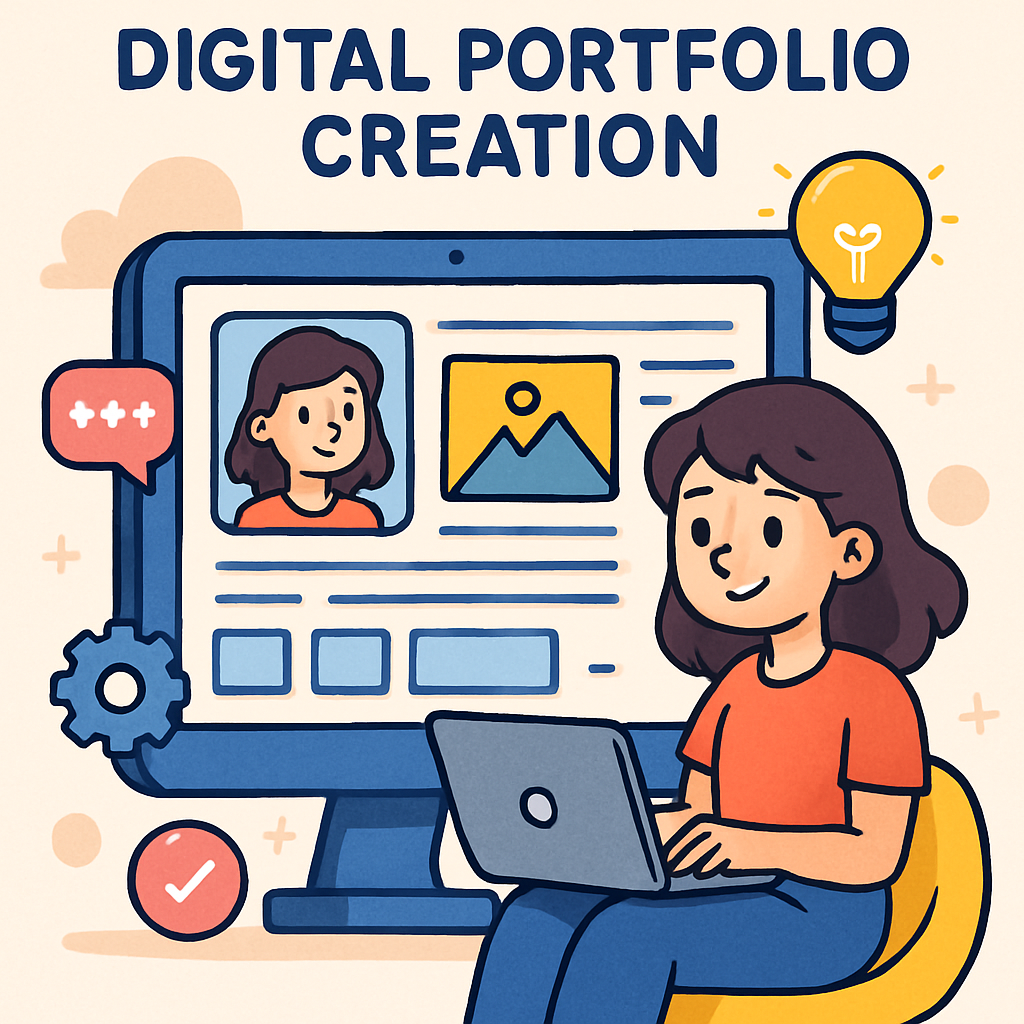 In this lesson, you will learn how to develop your own digital portfolio, which serves as an online platform to showcase your creative work. A digital portfolio functions as a professional online collection, allowing you to present videos, images, projects, and accompanying descriptions. This tool is valuable for sharing your abilities in various contexts, such as school assignments or future career opportunities. You will utilise Google Sites, a free and user-friendly application that does not require coding knowledge, although you may incorporate basic HTML and CSS for additional customisation if desired.
In this lesson, you will learn how to develop your own digital portfolio, which serves as an online platform to showcase your creative work. A digital portfolio functions as a professional online collection, allowing you to present videos, images, projects, and accompanying descriptions. This tool is valuable for sharing your abilities in various contexts, such as school assignments or future career opportunities. You will utilise Google Sites, a free and user-friendly application that does not require coding knowledge, although you may incorporate basic HTML and CSS for additional customisation if desired.
A digital portfolio enables you to organise and display your creative achievements in an effective manner. It demonstrates your development in digital media skills and can be easily shared with others online. This lesson builds upon the foundational web design knowledge you acquired in the 'Interactive Web Design' lesson.
Upon completion of this lesson, you will be able to:
To begin, navigate to Google Sites and sign in using your Google account.
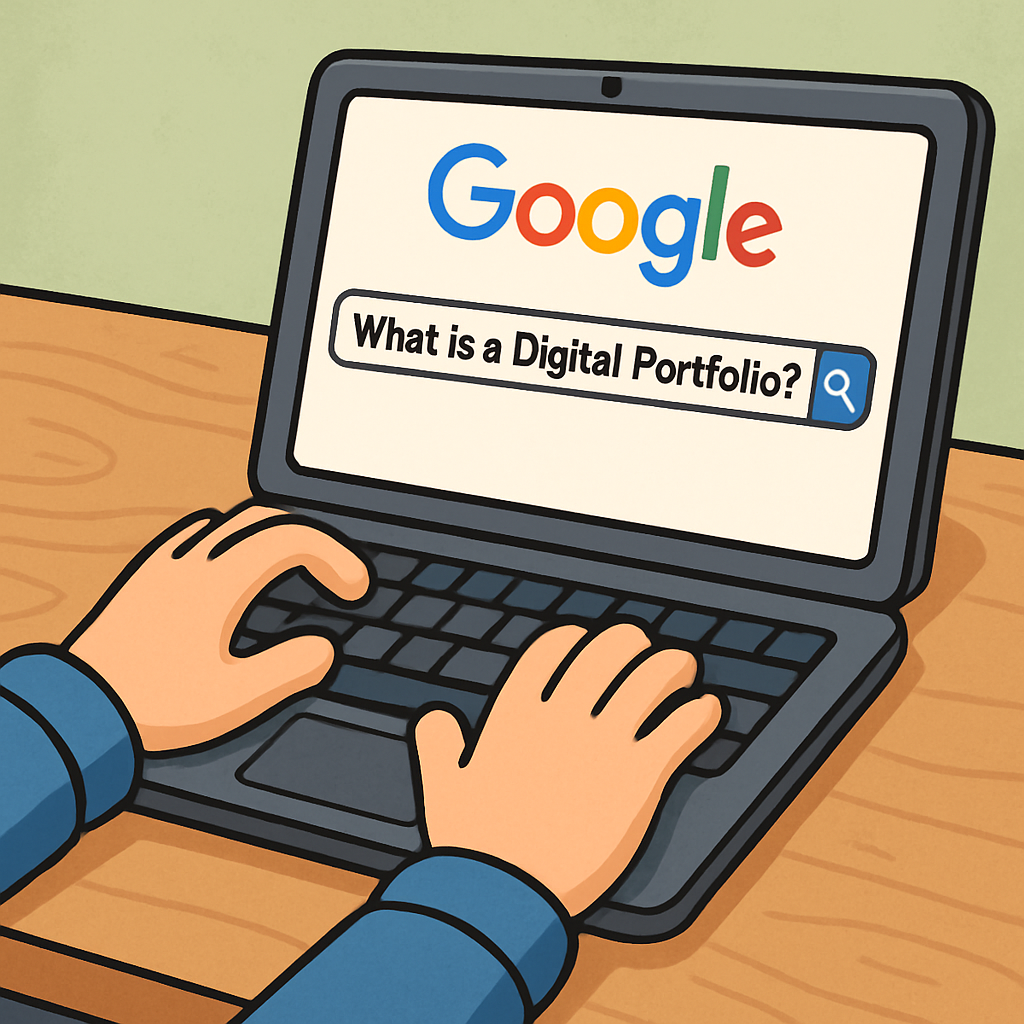 Definition of a Digital Portfolio
Definition of a Digital PortfolioA digital portfolio is a structured online compilation of your finest creative works, encompassing elements such as images, videos, textual content, and completed projects. It serves as a personalised website that narrates your individual journey and demonstrates your proficiency in digital media.
Creating a digital portfolio is essential for several reasons. It allows you to organise your accomplishments systematically, reflect on your progress, and present your skills to others, such as educators or potential collaborators. In professional contexts, portfolios are commonly used by artists, designers, and students to exhibit their capabilities effectively.
Consider examples of portfolios you may have encountered, such as those on artists' websites or student exhibition pages. For instance, a photographer's site might feature clean, minimalistic designs with high-quality images organised into categories like 'Portraits' and 'Landscapes'. They normally use straightforward navigation, allowing visitors to easily browse through projects with accompanying descriptions. Effective portfolios typically feature straightforward navigation, uncluttered designs, and a focus on highlighting key achievements.
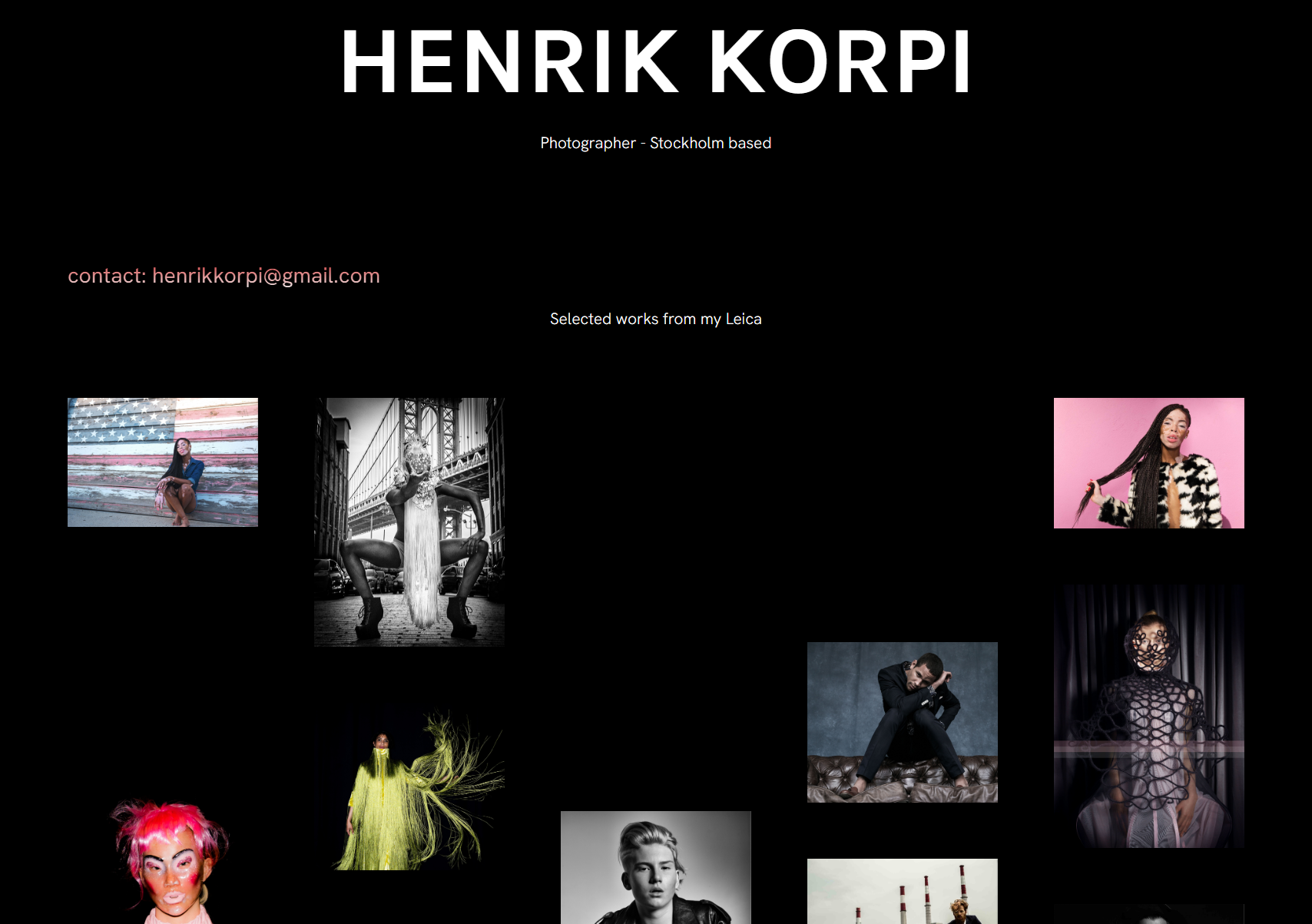 Examining Exemplary Digital Portfolios
Examining Exemplary Digital PortfoliosIn this step, you will examine several examples of digital portfolios to gain inspiration and understand effective design principles. By analysing these examples, you will identify features that make a portfolio engaging and professional. This will help you refine your own portfolio ideas.
Begin by visiting the following safe and appropriate examples. Open each link in a new tab and take time to explore the content, layout, and navigation.

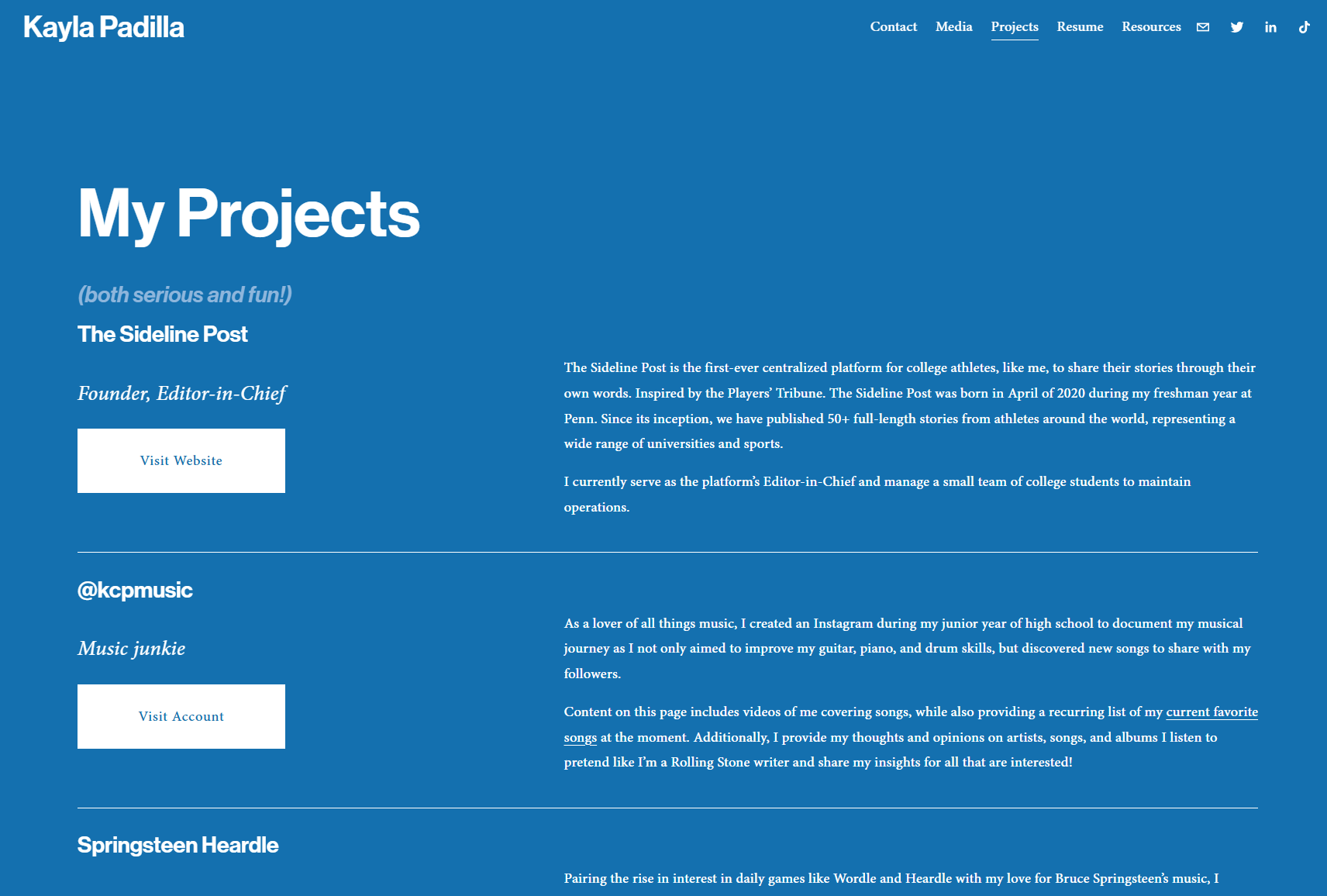 projects. It's a great example because it combines personal storytelling with visual elements, using a simple navigation menu that makes it easy to jump between sections like 'Writing' and 'Art'. The clean design avoids clutter, and the inclusion of reflections on each project shows growth and learning, which is inspiring for your own portfolio.
projects. It's a great example because it combines personal storytelling with visual elements, using a simple navigation menu that makes it easy to jump between sections like 'Writing' and 'Art'. The clean design avoids clutter, and the inclusion of reflections on each project shows growth and learning, which is inspiring for your own portfolio. Here are some reasons why these portfolios are good overall:
As you explore, pay attention to key elements such as:
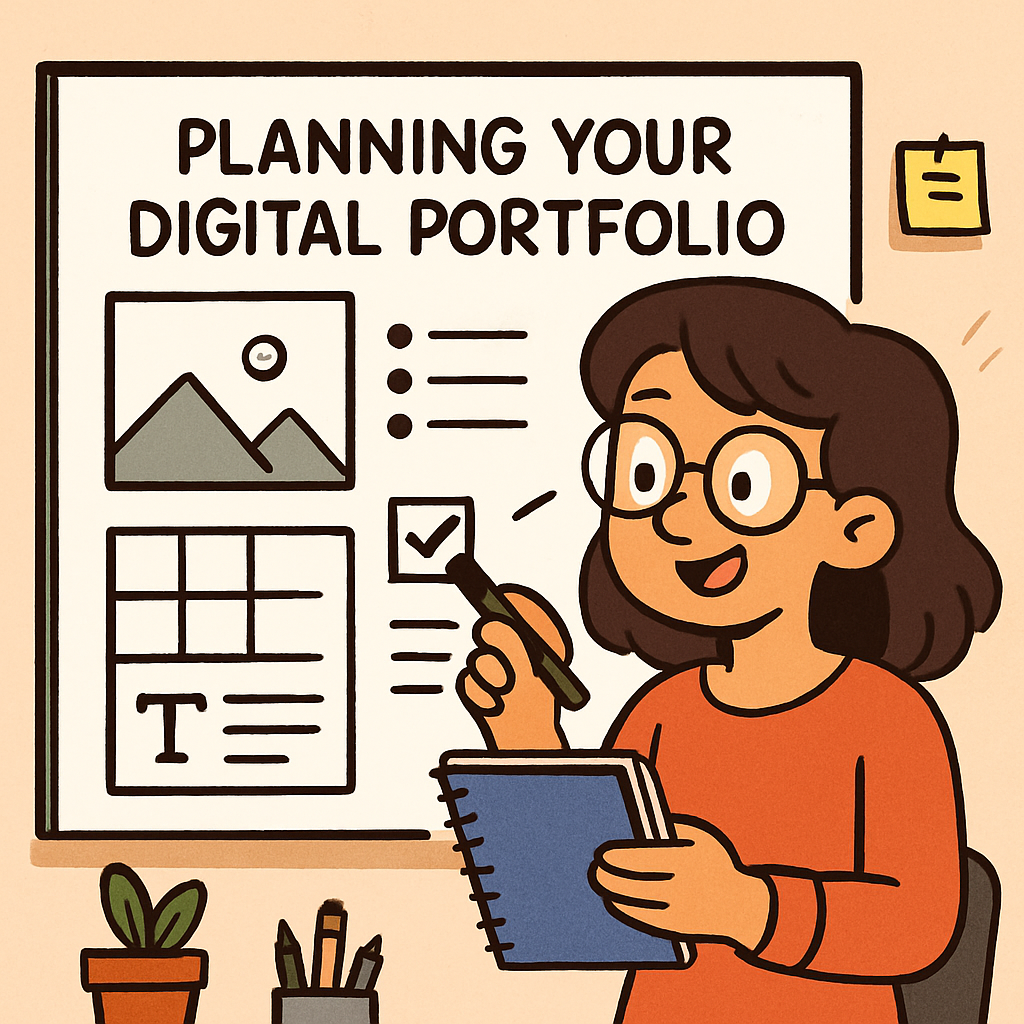 Introduction to Planning Your Portfolio
Introduction to Planning Your PortfolioBefore you begin building your digital portfolio, it is essential to plan its content carefully. This step ensures that your portfolio is well-organised, focused, and effectively showcases your work. Start by deciding on an overall theme for your portfolio, such as 'My Digital Media Journey' or 'Creative Projects Showcase'. This theme will guide the tone and structure of your site. Next, outline the main sections you will include, for example: About Me, Projects, and Contact.
Remember, effective planning will make the construction process smoother and result in a more professional portfolio.
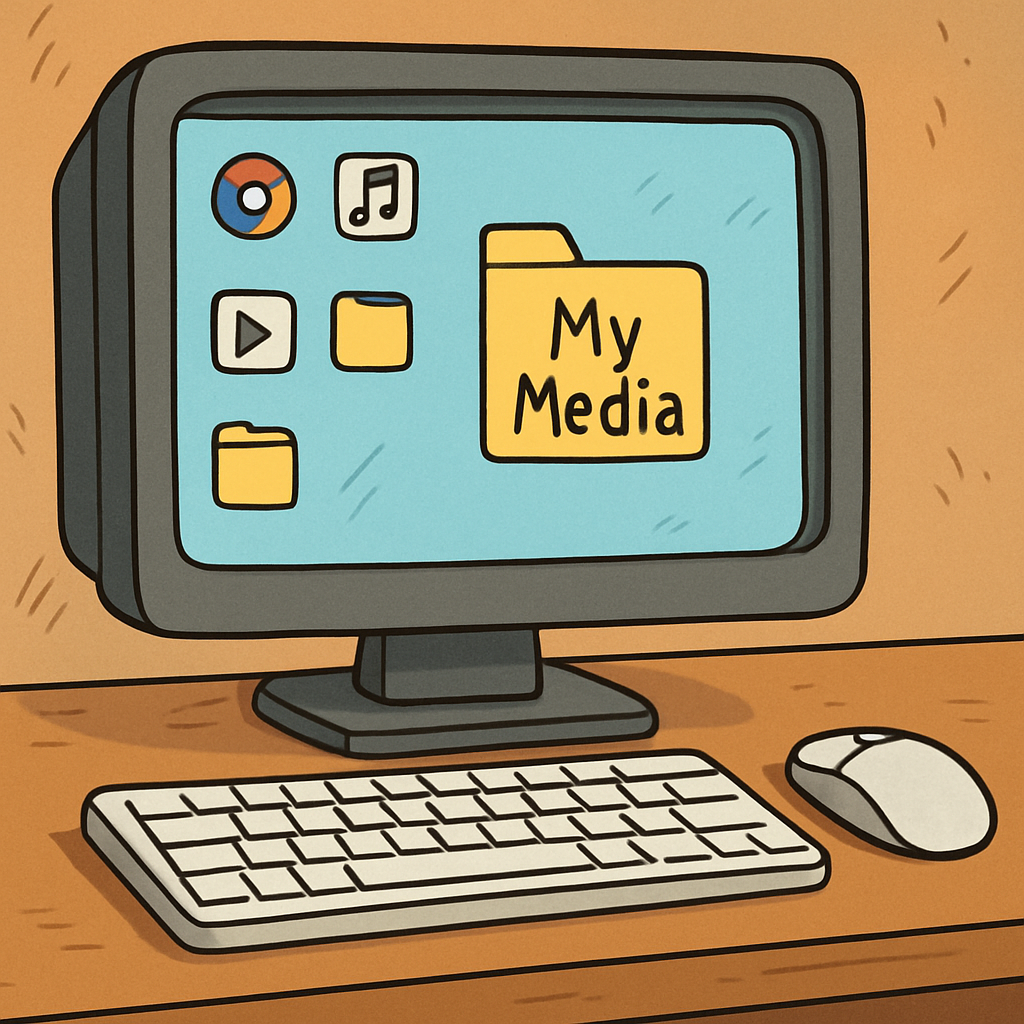 Introduction to Gathering Media
Introduction to Gathering MediaBefore constructing your digital portfolio, it is essential to collect all the necessary media files that will showcase your creative work. This includes images, videos, and textual descriptions from your previous projects. Gathering these elements in advance ensures that your portfolio is comprehensive and well-organised, allowing you to focus on design during the building phase.
Always prioritise safety and originality. Use your own creations whenever possible to demonstrate your personal skills. If you need placeholders or additional assets, rely on royalty-free sources to avoid copyright issues. For example, websites like Pexels offer high-quality, free images and videos that you can use responsibly.
Ensure that all files are of good quality to make your portfolio look professional, but keep file sizes manageable to facilitate easy uploading and quick loading times on your site.